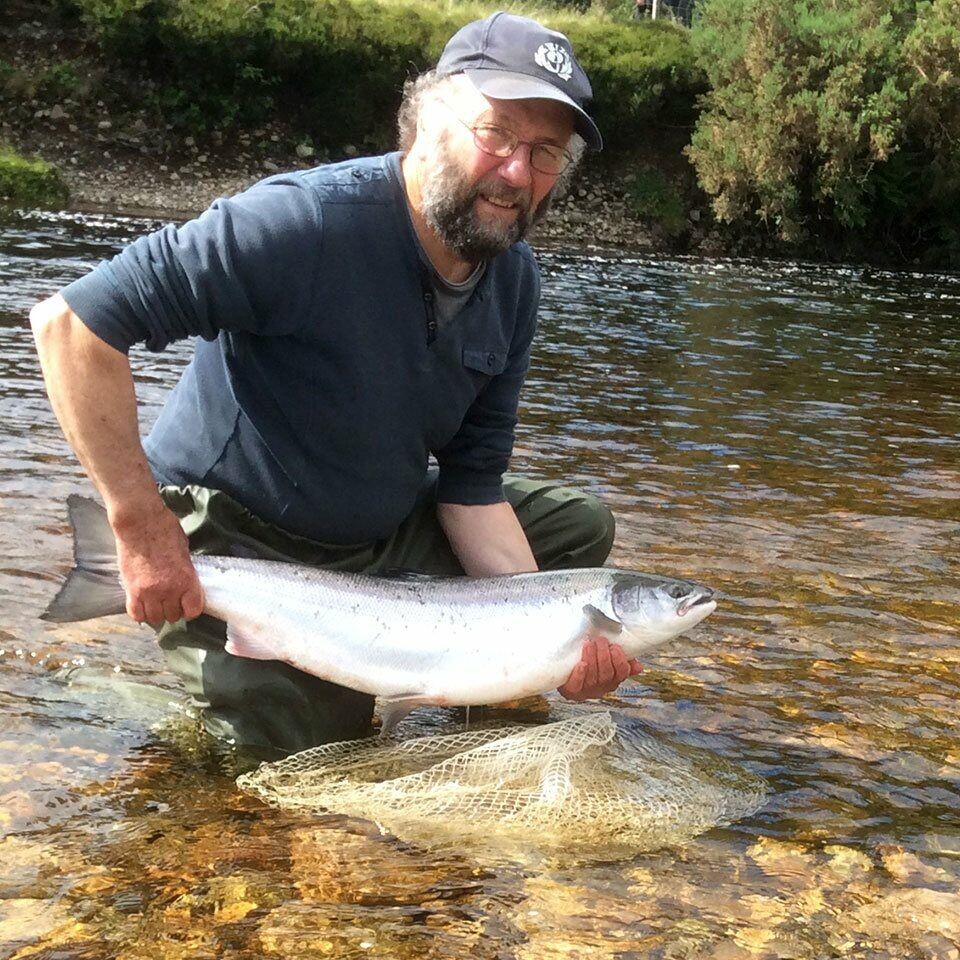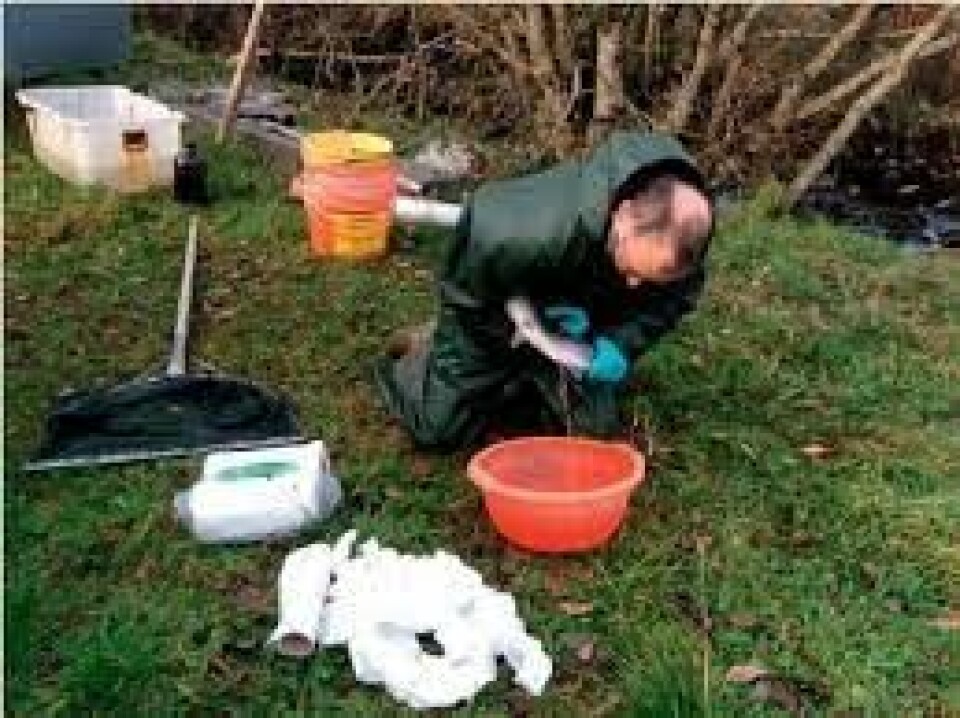
Salmon restocking programme hailed a success
A long-running restocking project in the west of Scotland has been successful in restoring wild salmon stocks, according to a new report.
The use of carefully managed native Atlantic salmon broodstock programmes on the River Carron has helped mitigate impacts such as climate-change affected spate flooding, while maintaining the genetic diversity of declining wild populations.
These were the findings of a study carried out by the Rivers & Lochs Institute (RLI) of Inverness College, University of the Highlands and Islands (UHI), and published by the River Carron Conservation Association (RCCA), representing the riparian owners of the Carron River.
To date, relatively few supplementary stocking programmes have been properly evaluated. Using a method known as parentage-based tagging (PBT), which allows stocked fish to be effectively discriminated from wild spawned salmon, the RCCA followed the fate of stocked versus wild spawned fish.

Atlantic salmon catches on the Carron declined from the mid-80s to a point at which the population was considered at risk of extinction.
A complete catch-and-release policy and a stocking programme was initiated, starting in 1995, supplemented annually by returning adults from the Carron rod catch.
Revived
The salmon population has since revived and catches are now higher than those at the previous peak in the 80s and 90s.
“While it is accepted that supplementary stocking programmes can have negative effects on wild salmon, these do not necessarily outweigh the potential positive effects for populations threatened with extinction,” said the report.
“The balance of threats and benefits is likely to be population specific and depend on programme management.
“Fish stocked in the Carron clearly survive to adulthood and make a substantial contribution to the fishery. The results also show no major differences in measures of genetic diversity and inbreeding.”
Bob Kindness, who has run the Carron restocking programme since 1995 and taken DNA samples since 2011, welcomed the report.
Obvious
“It’s been obvious to most people that the stocking has been successful but you have to be able to prove that scientifically,” he told Fish Farming Expert.
“In the first few years, we were only putting small numbers in from the small number of wild hens we could get in the river.
“But if you want to make a difference and get the river back to anything like the good old days then you have to put huge numbers of eggs into the river to get the numbers coming back.
“That’s when we developed the captive broodstock, which allowed us to put 150,000 fry in rather than 5,000-10,000, and that’s when the rod catches suddenly shot up.
“It was fairly clear to me that the only explanation for the sudden and very dramatic increase in catches was that it was linked to the stocking programme.”
Implications
Kindness said the success of the Carron programme could have implications for other rivers in Scotland.
“The report shows that not only can stocking work but it can restore a river that’s on its knees. The way things are with some of our smaller rivers, especially on the west coast, this is the sort of programme that could bring your river back to life.”
Kindness has several thousand samples he would now like to get analysed to reinforce the case for stocking.
“To get that done we need more funding, but it’s important for other rivers and for salmon. It is potentially a way out.”
The report can be viewed here.




















































